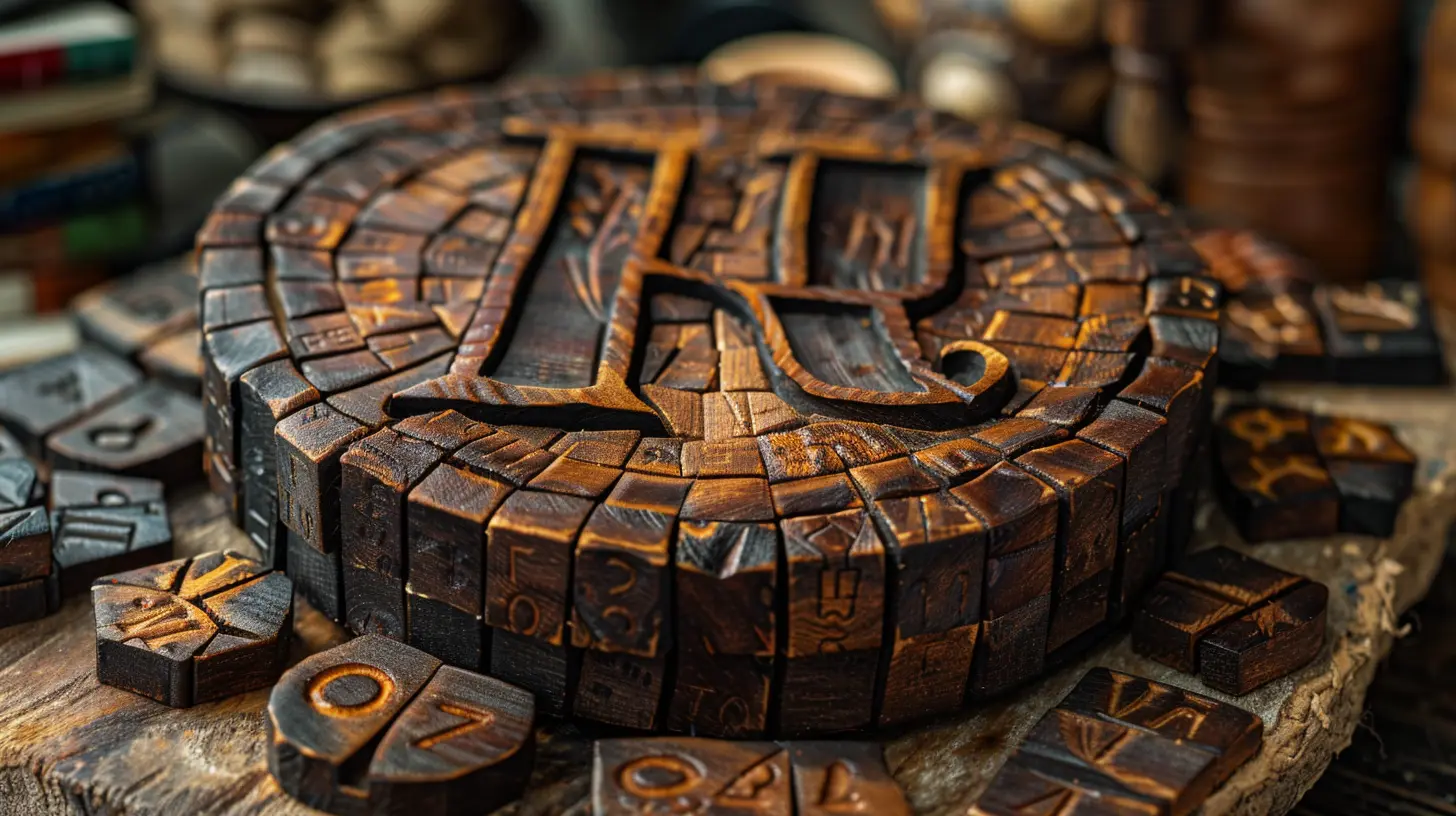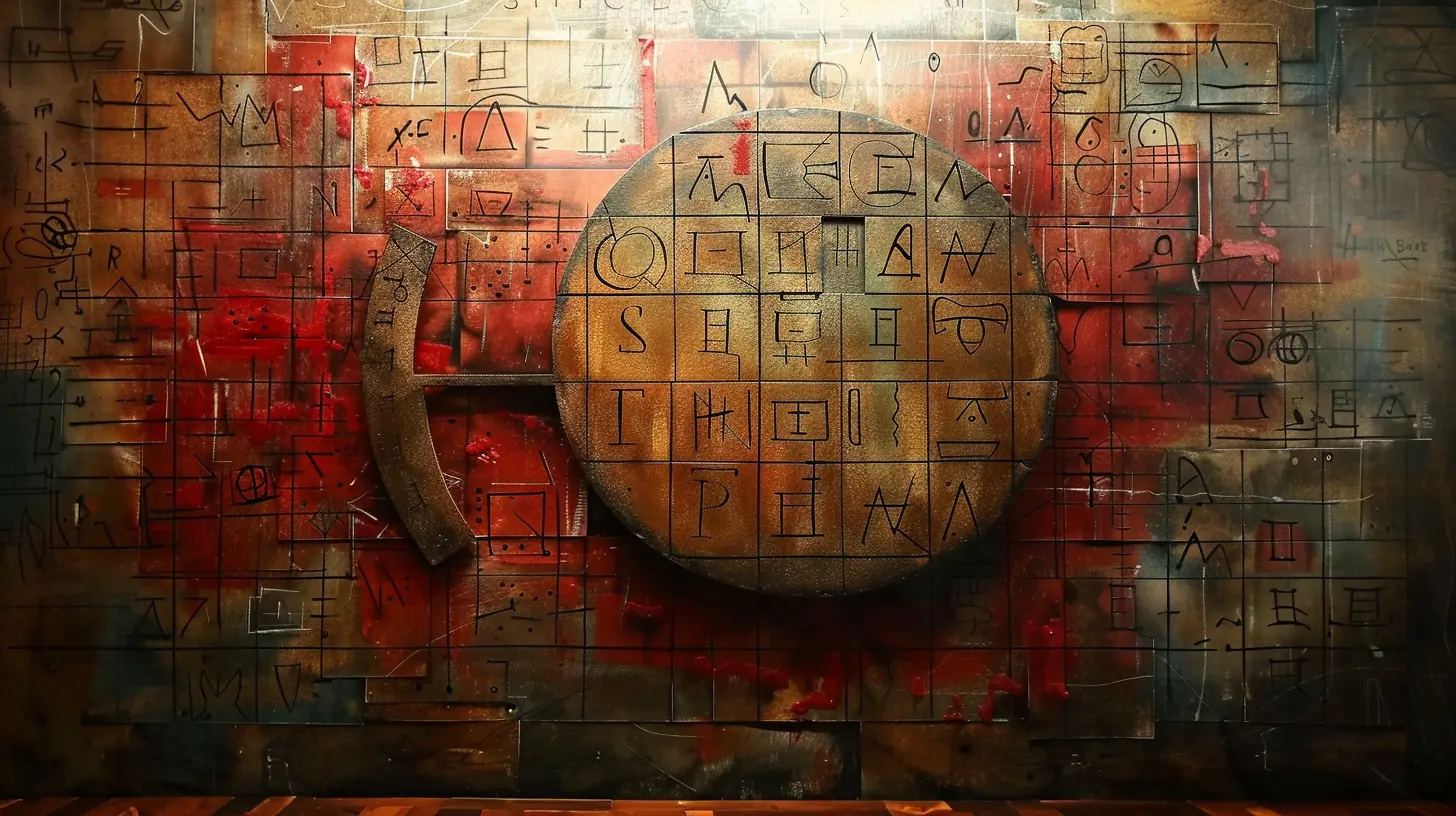Unlocking the Secrets of Pi: A Guide for Students
2 June 2025
Ever wondered why mathematicians are obsessed with a mystical number called π (pi)? It’s like the superstar of mathematics—appearing in geometry, trigonometry, physics, and even the orbits of planets. But what makes pi so special, and why do we still celebrate it every year on March 14 (Pi Day)?
Well, buckle up because we’re about to take a deep dive into the magic of pi. By the end of this article, you’ll not only understand its significance but also impress your friends with some mind-blowing pi facts!

What is Pi?
At its core, π (pi) is a mathematical constant representing the ratio of a circle’s circumference to its diameter. That’s it—take any circle, measure the distance around it (circumference), then divide it by its widest point (diameter). What do you get? A number that starts with 3.14159 and stretches into infinity without repeating!Mathematically, it's expressed as:
\[
\pi = \frac{ ext{circumference}}{ ext{diameter}}
\]
No matter how big or small the circle is, this ratio always stays the same. Pretty wild, right? 
The Infinite Mystery of Pi
Pi is what mathematicians call an irrational number—meaning it never ends and never repeats. Unlike numbers like ⅓, which eventually settle into a pattern (0.3333…), pi just keeps going—forever.The first few digits of pi are 3.14159265358979, but in reality, it extends beyond trillions of digits! Computers have calculated pi to over 62 trillion decimal places, yet we still haven’t found a repeating pattern.
Imagine writing down pi’s digits on a piece of paper—you’d never finish. It’s like trying to count every grain of sand on Earth… and then some. 
Why is Pi Important?
You might be wondering: Okay, pi is cool, but why should I care? Well, pi shows up practically everywhere—from engineering and architecture to space exploration and even music!1. Geometry & Trigonometry
Pi is essential in calculating the area and circumference of circles. Without it, designing bridges, wheels, or even pizzas would be impossible.- Circumference of a circle → `C = 2πr`
- Area of a circle → `A = πr²`
2. Physics & Engineering
Pi is also a key player in wave equations, which describe sound, light, and even ocean waves. Scientists use it to calculate orbits of planets, design roller coasters, and build skyscrapers!3. Space Exploration
NASA relies on pi to navigate spacecraft. In fact, Voyager 1, which is currently zooming through interstellar space, used pi-based calculations to escape Earth’s gravitational pull.4. Medicine & Biology
Pi helps scientists model DNA spirals, predict heart rhythms, and even analyze brain waves! Turns out, pi isn't just for math geeks—it plays a role in saving lives, too.
How Was Pi Discovered?
Pi isn't some new discovery—it’s been around for thousands of years! Ancient civilizations, from the Egyptians to the Greeks, were obsessed with understanding it.Ancient Egypt (~1650 BC)
The Egyptians approximated pi as 3.1605, which was fairly close! They used it to construct the Great Pyramid of Giza, making it one of the earliest known uses of pi in architecture.Ancient Greece (~250 BC)
Greek mathematician Archimedes is often credited with refining pi’s value. He used polygons to approximate pi between 3.1408 and 3.1429, which was the most accurate estimate of his time.China & India (~500 AD)
Mathematicians in China and India continued improving pi estimates, pushing its accuracy further with innovative calculations.Modern Era
Today, with the help of powerful computers, we've calculated pi to trillions of digits, but the mystery remains—will we ever find a pattern?Fun Pi Facts to Impress Your Friends
Now that you know pi’s history and importance, it's time for some pi-tastically geeky trivia!1. Pi Has Its Own Holiday
March 14th (3/14) is celebrated as Pi Day, because it matches the first three digits of pi (3.14). Fun fact: it’s also Albert Einstein’s birthday!2. The World Record for Memorizing Pi is Mind-Blowing
A man named Rajveer Meena memorized 70,000 digits of pi in 2015. He recited them non-stop for over 10 hours!3. Computers Will Never Fully Calculate Pi
Even with the world's fastest supercomputers, we will never reach the last digit of pi—because it doesn’t exist!4. Pi Appears in Everyday Life
From the way rivers bend to the structure of DNA, pi secretly governs many things in nature. Even the ripples in a cup of coffee follow pi-based patterns!5. Your Birthday Might Be in Pi!
There’s a website where you can search for your birthday in pi’s digits. Try it out—your birthdate might be somewhere in the infinite string of numbers!How to Remember Pi Easily
If memorizing long strings of numbers isn’t your thing, don’t worry—there are fun ways to remember pi!1. Mnemonics
A popular trick is using sentences where the number of letters in each word corresponds to pi’s digits:"May I have a large container of coffee?"
(3. 1 4 1 5 9 2…)
2. Pi Songs
There are tons of pi-related songs online. Some people even set pi to music, turning it into catchy tunes!3. Pi Challenges
Try challenging your friends to a pi memorization contest—whoever remembers the most digits wins!Why Pi Will Always Fascinate Us
Pi is everywhere, from the wheels on your bike to the patterns of the stars. It’s a number that never ends, never repeats, and never gets boring.Scientists, mathematicians, and engineers will keep unraveling its mysteries, but one thing is certain—pi will always be at the heart of the universe. Whether you're calculating the area of a pizza or sending satellites into orbit, pi is working behind the scenes.
So next time you see a circle, take a moment to appreciate the magic of pi—because it’s more than just a number… it’s a mathematical legend.
all images in this post were generated using AI tools
Category:
Math SkillsAuthor:

Bethany Hudson
Discussion
rate this article
3 comments
Gideon Simon
This article offers a fantastic overview of Pi, making complex concepts accessible for students. The engaging explanations and practical examples can help demystify this important mathematical constant. I especially appreciated the tips for memorizing its digits! Great job on making learning about Pi both fun and informative!
June 14, 2025 at 4:51 AM

Bethany Hudson
Thank you for your kind words! I'm thrilled to hear that you found the article engaging and helpful for understanding Pi. Your feedback motivates me to continue making math accessible and fun!
Holden Yates
Pi: the only number that’s never-ending, just like my struggle to find matching socks!
June 4, 2025 at 10:22 AM

Bethany Hudson
Great comparison! Just like pi, some challenges in life, like matching socks, seem infinite!
Luella Meyers
This article simplifies Pi's complexities wonderfully! It’s engaging and informative, making it perfect for students. A great resource for anyone looking to deepen their understanding of this mathematical constant.
June 2, 2025 at 3:13 AM

Bethany Hudson
Thank you for your kind words! I'm glad you found the article engaging and informative. Happy learning!



